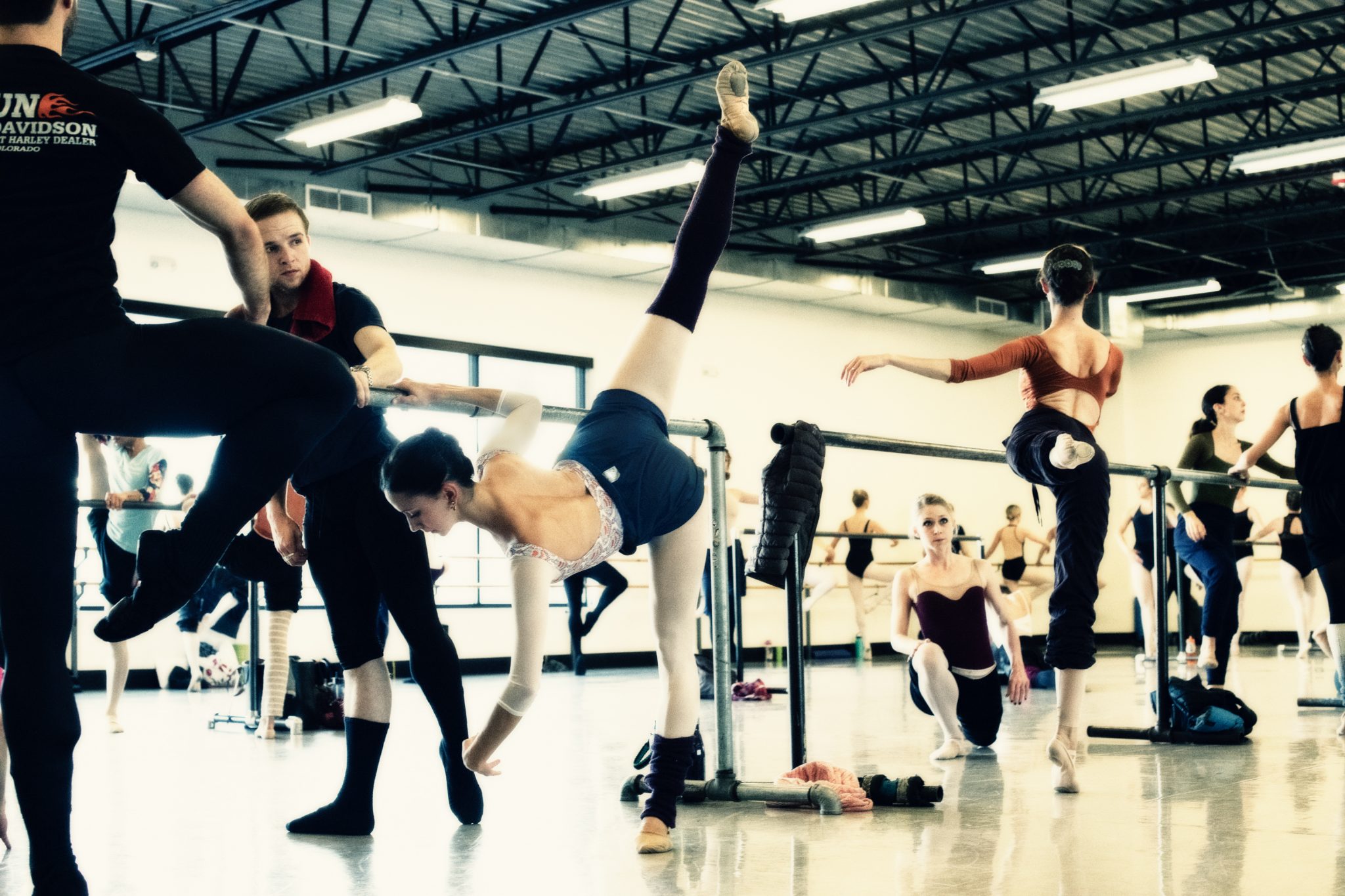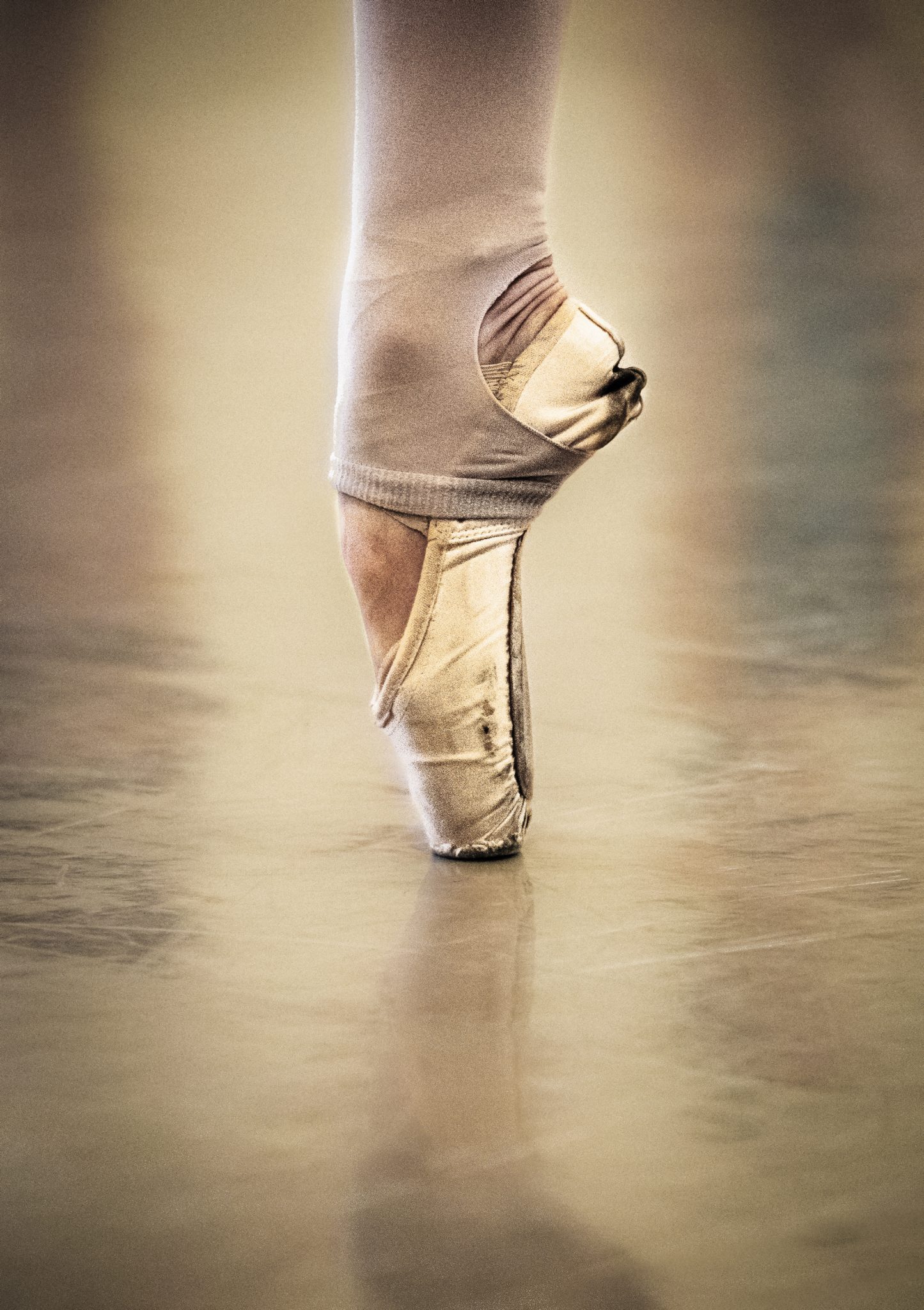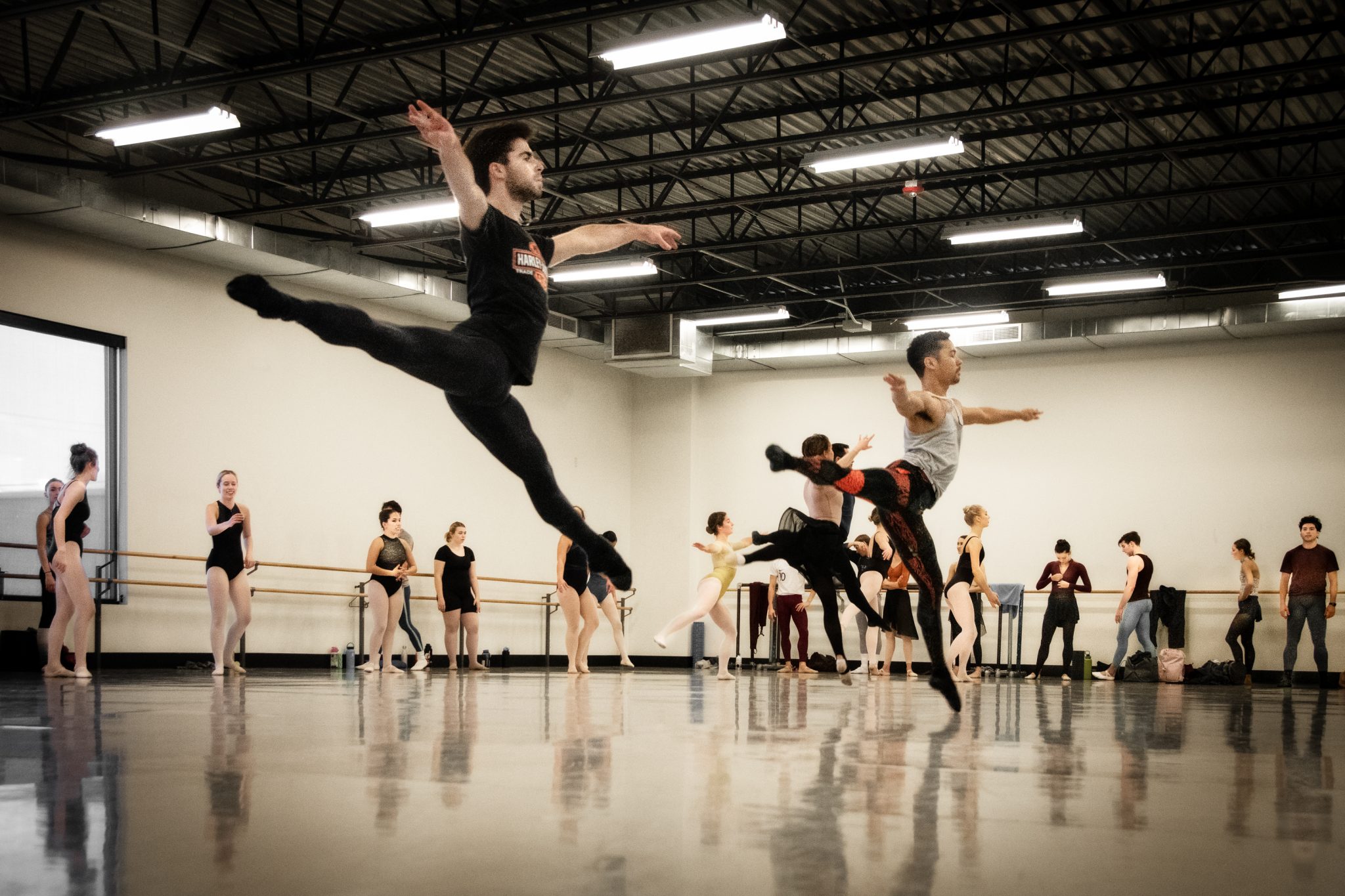By Coleman Cornelius | Photos by Mary Neiberg
Like many suburban kids, Lauren Cregan started taking gymnastics and dance as a preschooler. After a few years, her little-girl delight with tumbling and movement became a preoccupation with ballet. A leotard was her second skin, and visions of the Sugar Plum Fairy danced in her head. By the time she was 10 years old, Cregan said, “I knew I wanted to dance professionally.”
So began a decade whose contours are familiar to serious young athletes and their families. Cregan, who grew up in Wheaton, Ill., split much of her time between school and the dance studio, with homework and dinner scheduled exactingly in between. She trained under a ballet master and mistress from Russia. She performed children’s roles in productions of The Nutcracker, danced in audition-only summer intensives in New York and San Francisco, and twice reached the finals of the Youth America Grand Prix, a competition for rising world-class dancers. Cregan graduated from high school a year early to join the pre-professional company at the Houston Ballet and, later, moved to an equivalent company at Colorado Ballet in Denver. She was on her way.
But Cregan’s years in toe shoes and tutus ended as she rounded the last rigorous turn toward her girlhood goal. She developed an autoimmune disorder called Hashimoto’s thyroiditis, which arises with symptoms including exhaustion, weight gain, muscle aches, and dizziness, then progresses to hypothyroidism. As Cregan struggled with full-blown thyroid disease, she realized her path to health must veer away from the demands of dance. “I couldn’t do it anymore,” she recalled. “I wasn’t happy. I wasn’t healthy. I wasn’t dancing my best.” At age 19, she changed course.
Five years later, Cregan is working in a completely different role at Colorado Ballet – managing donations data for one of the state’s best-known performing arts organizations. In October, she became its first employee to take classes toward a bachelor’s degree through Colorado State University-Global Campus as part of a new partnership between the ballet company and the CSU System. The alliance provides uncommon opportunities for CSU dance and design students, who are learning from the pros at Colorado Ballet, while also offering flexible college education at reduced rates for company employees, such as Cregan, who want to expand their skills in the arts or pirouette to new careers.

Amy Parsons, executive vice chancellor of the CSU System, helped establish the partnership to open new doors to arts exposure and learning. The CSU System and Colorado Ballet share educational missions, she noted, so collaborating extends the reach of both. That’s important for individual students whose educational and career opportunities are expanding as a result of the partnership. More broadly, boosting students in the arts adds to a thriving cultural sector with significant economic impact. The Economic Activity Study of Metro Denver Culture, released in November by the Colorado Business Committee for the Arts, reported total economic activity of $1.9 billion in the region in 2017. That record-breaking level of activity comprises direct and indirect spending from operations, audiences, and capital projects among arts, culture, and scientific nonprofits in the Denver Metro area.

Colorado Ballet is a well-known player in the sector. The company, with a $9 million annual budget, employs dozens of dancers and administrative staff members; stages five major dance productions annually, yielding more than $4.5 million in total ticket sales; trains about 1,500 dancers through ongoing academy offerings; and reaches an estimated 35,000 children and adults per year through educational outreach programs up and down Colorado’s Front Range, said Adam Sexton, development director for Colorado Ballet.
Dance matinees for schoolkids at the Ellie Caulkins Opera House, in the Denver Performing Arts Complex, are just the beginning of that educational outreach. The company’s education staff, with support from the city’s Scientific and Cultural Facilities District, recently designed and delivered a lesson plan using movement from classical ballet to teach third-graders about the water cycle. Imagine learning about evaporation, condensation, and precipitation through dance. “We took the concept of flow from dance and related it to the water cycle. It’s a fun and engaging approach for students, especially kinesthetic learners,” said Cassie Wilson, an education programs manager. She and coworkers have incorporated dance into classroom lessons teaching vocabulary, physics, and human anatomy, among other subjects.
Cregan, the new CSU-Global student, likewise is applying her knowledge of ballet to an unexpected discipline. As she works full time in the Colorado Ballet development office, tracking charitable giving in the nonprofit’s database, she is taking classes to earn a bachelor’s degree in management information systems and business analytics. Like other CSU-Global students, she’s immediately applying course work to her blossoming career. It’s been tough coming to terms with her new path, Cregan said, yet she is increasingly excited to realize that a career in professional dance can take an entirely different – and equally rewarding – form. “I’ve stopped introducing myself as a former dancer,” she said. “I don’t want to forget dance, because it made me who I am. But I’ve realized that I have a brain for databases, and I’m learning something new every day. Being able to start work on a bachelor’s degree is the perfect opportunity. It’s exactly what I need.”


The partnership has two other key aspects. In one, about 30 students majoring in apparel and merchandising at CSU were tasked in November with designing dance costumes for children performing in an upcoming production of Giselle, staged by the Colorado Ballet Academy.
The design project, for a class in apparel illustration, required a research paper delving into the dance production and its setting in the German Rhineland of the Middle Ages. Students would produce fashion illustrations, providing information about suggested fabrics, sourcing, and construction details. To keep it real, they would consider issues including budget and the wear and tear on garments worn multiple times by dancers ranging in age from 4 to 14. “You’ll want to think about fabrics and function. These kids have to be able to dance in them,” Kevin Kissell, senior instructor in the CSU Department of Design and Merchandising, told his students as he assigned the project. The costume designer and wardrobe manager for Colorado Ballet Academy would be among those critiquing the student projects – and the best among them will be produced during an apparel fabrication class in the spring. “It’s an amazing opportunity,” sophomore Mikayla Zagrocki said, moments after Kissell described the assignment. “It will be fun illustrating these costumes, and even more fun to actually create them.”
In another aspect of the partnership, Madeline Harvey and Amber Mazurana, faculty in the CSU School of Music, Theatre, and Dance, recently led 11 dance students from Fort Collins on a daylong trip to Colorado Ballet for an inside look at career opportunities. Most in the group hope to dance professionally. Their instructors encourage those aspirations, yet also know dancers – following the arc of most professional athletes – typically have short careers on stage and are best served by an expansive view of work in the performing arts. That might mean artistic direction, dance instruction, choreography, education, business operations, or fundraising. “I hope to open their minds and perspectives to the many ways they can engage in a profession in dance,” Harvey said.

Even so, a highlight of the visit for CSU students was taking class with Colorado Ballet’s professional dancers – the principals, soloists, corps de ballet, and apprentices whose artistry and athleticism bring productions to life. The CSU dancers joined the professionals in the company’s main studio and followed the familiar format of dance class, beginning with controlled movements at the barre and leading into progressively dynamic leaps and turns en pointe. Gil Boggs, the company’s artistic director, issued rapid-fire instructions in French, the language of ballet, with exercises accompanied by the company’s pianist. The dance students from Fort Collins described the class as challenging, humbling – and inspiring.
The experience moved Jame Fuerte to tears. A Fort Collins native, he dropped out of high school, worked for several years in software development, then returned to education; he earned a high school equivalency diploma, took classes at Front Range Community College, and then transferred to CSU to major in dance. Fuerte, a 22-year-old junior, grew up with hip-hop and break dancing and is a relative newcomer to ballet. It was overwhelming to dance side by side with professionals, to witness their perfection and elegance up close, he said. “This is one of the first times I’ve been in a professional dance setting, and you could see the dedication of these dancers in their technique,” Fuerte said. “It was very powerful for me. It’s like taking this little candle inside me and pouring fuel on it. That’s how inspired I feel.”





